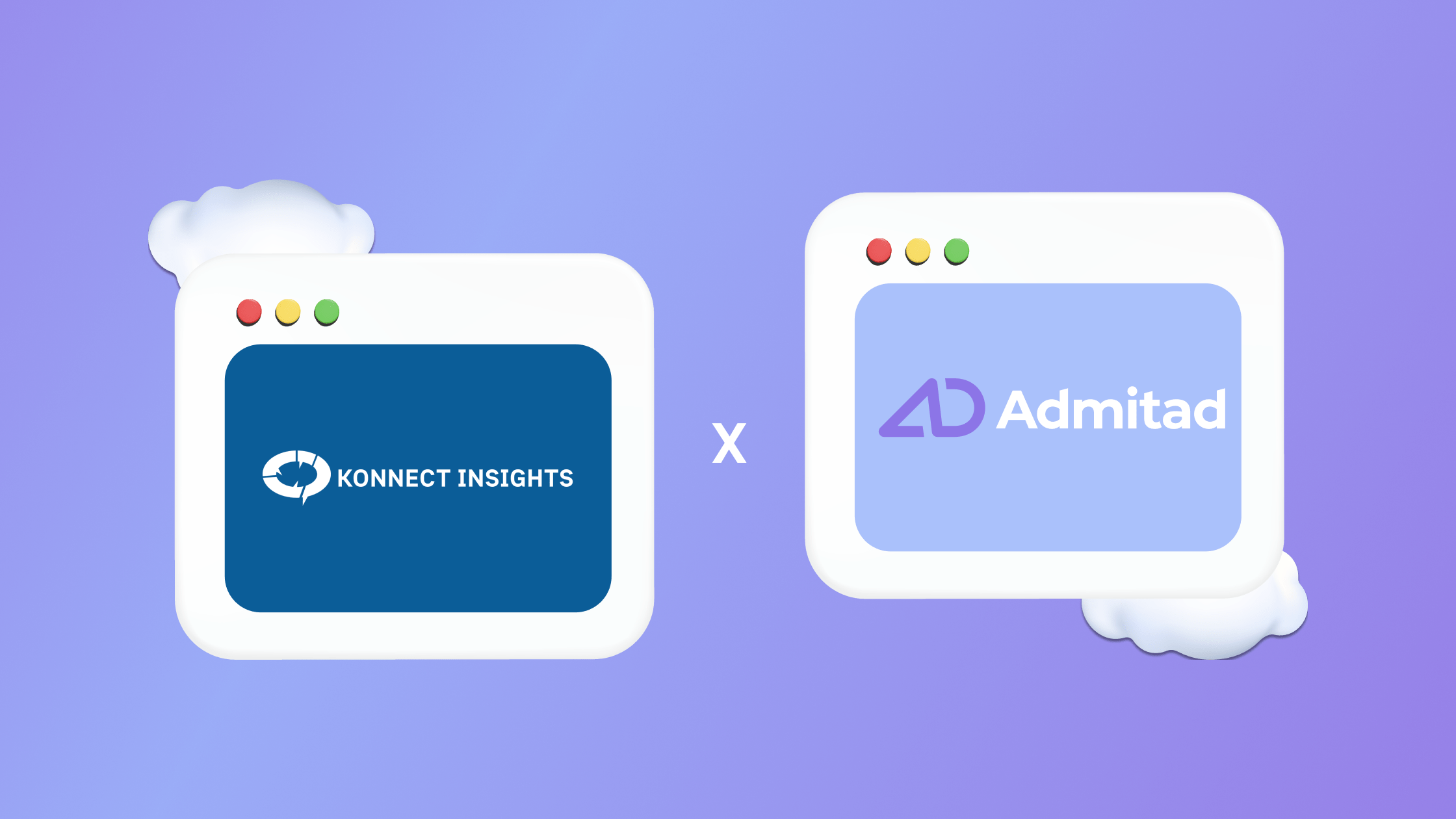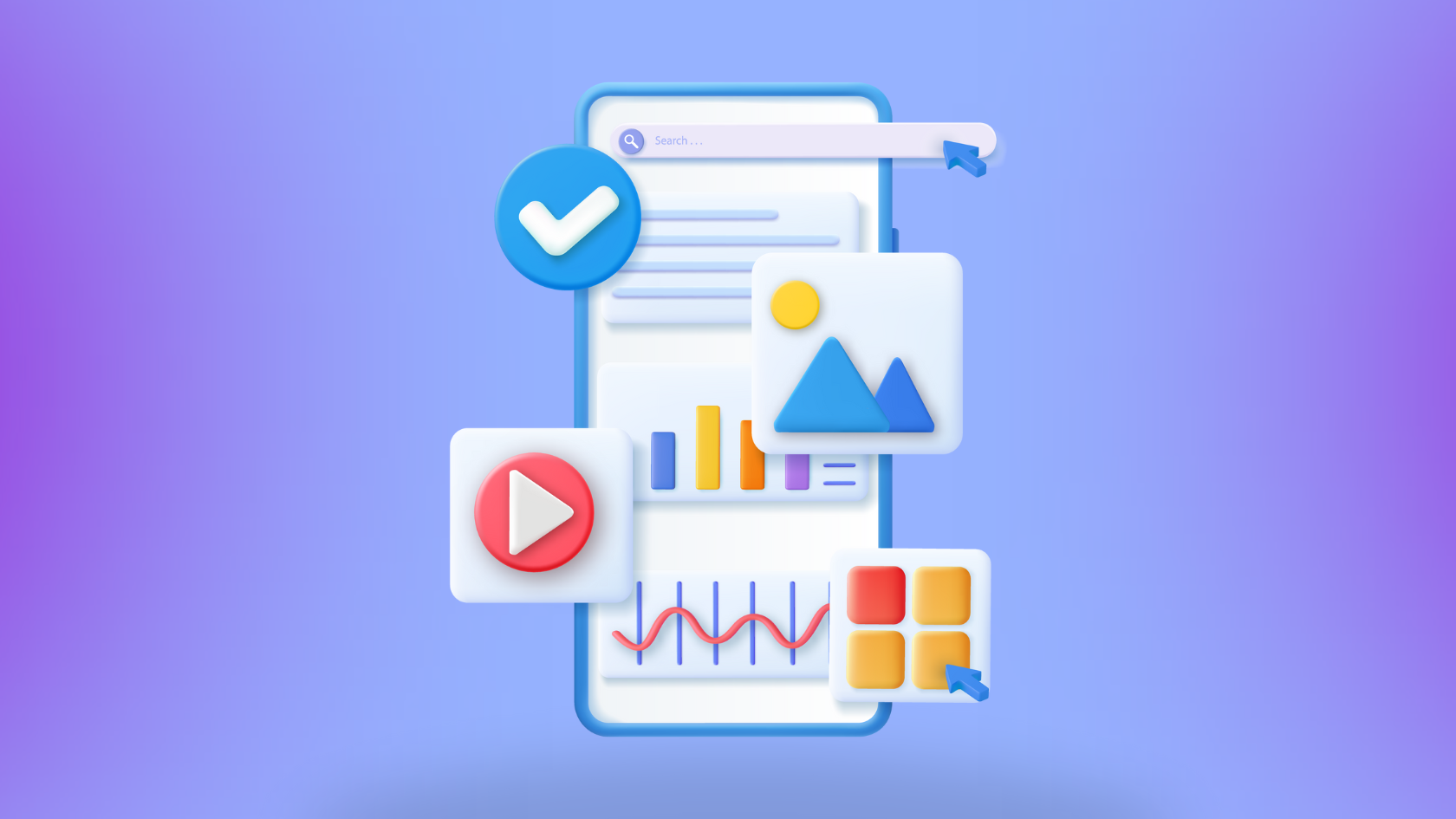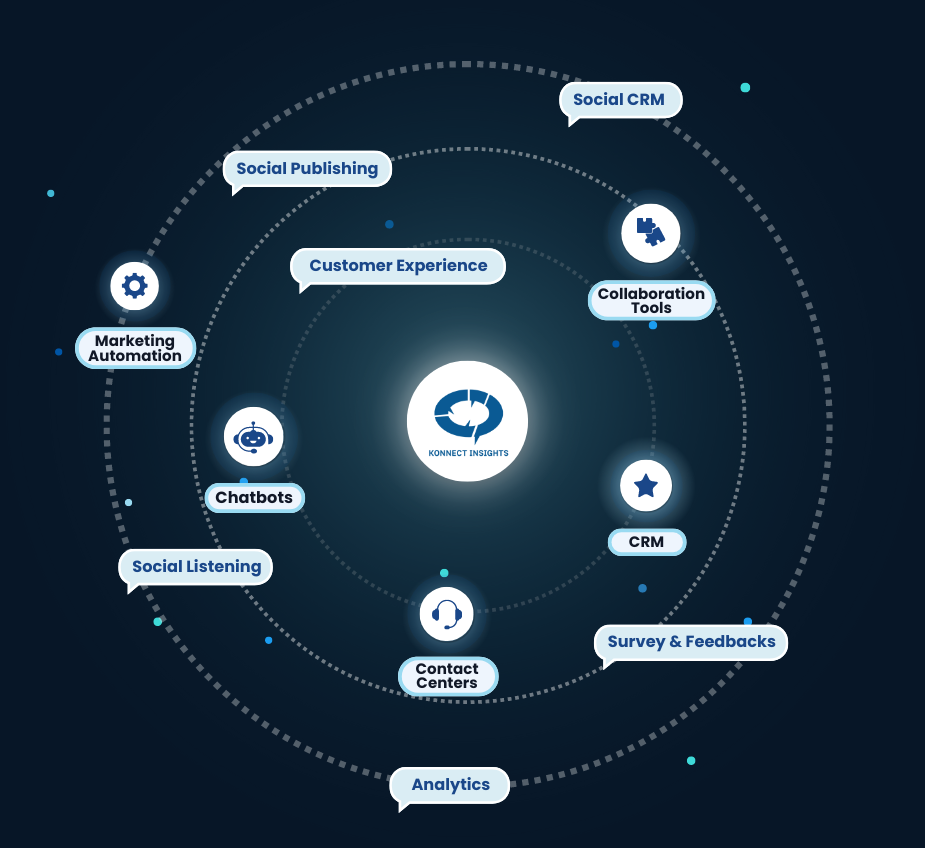As businesses increasingly recognize the importance of understanding consumer behavior, they are turning to social media analytics as a powerful tool to gain valuable insights. By utilizing data from social media platforms, businesses can predict consumer behavior and make informed decisions about their marketing strategies.
You can use social media analytics to identify, predict, and start trends after understanding your customer’s behaviors. In this article, we will explore the importance of customer behavior analysis, how to analyze customer behavior, and most importantly, how social media analytics can be used to predict consumer behavior.
Importance of Customer Behavior Analysis

Understanding customer behavior is crucial for businesses in today’s competitive market. By analyzing customer behavior, businesses can gain insights into their customers’ needs, preferences, and expectations.
Additionally, customer behavior analysis helps identify patterns and trends that can be used to optimize business strategies. By understanding what motivates customers to make a purchase or engage with a brand, businesses can make data-driven decisions that enhance customer satisfaction and loyalty.
How to Analyze Customer Behavior
Analyzing customer behavior involves collecting and analyzing data from various sources such as surveys, interviews, website analytics, and social media analytics. These insights help in identifying patterns and trends that provide a deeper understanding of customer preferences and behaviors.
One effective way to analyze customer behavior is through social media analytics. Social media platforms offer a wealth of data about users’ interactions with brands. By monitoring user activity, engagement levels, sentiment analysis, and other metrics on social media platforms like Facebook or Twitter, businesses can gain valuable insights into consumer behaviors.
Top 5 determinants of consumer behavior
Consumer behavior is influenced by several factors. Psychologists and marketers have identified five key determinants that shape consumer behaviors:
Psychological factors
These factors include motivation, perception, learning, beliefs, and attitudes. For example, understanding what motivates customers to make a purchase can help businesses design effective marketing campaigns that speak directly to their target audience’s needs and desires.
Social factors
Consumers are influenced by their social environment, including family, friends, and social media connections. By analyzing social media interactions and monitoring trends, businesses can identify influencers and leverage their reach to promote products or services.
Cultural factors
Culture plays a significant role in shaping consumer behavior. By considering cultural values, norms, and beliefs, businesses can tailor their marketing strategies to win customers.
Personal factors
Personal factors such as age, gender, occupation, lifestyle choices, and personality traits also impact consumer behavior. By understanding these personal factors through data analysis on social media platforms, businesses can create targeted marketing campaigns that resonate with specific customer segments.
Types of consumer behavior
Consumer behavior manifests itself in various ways. There are three primary types of consumer behavior:
Purchase behavior
This refers to the decisions consumers make when buying products or services. Different customers have different purchase behaviors based on factors such as brand loyalty or the decision-making process they follow.
Usage behavior
This type of consumer behavior focuses on how customers use a product or service after purchase. Analyzing usage behavior can provide insights into product satisfaction levels and identify opportunities for improvement or upselling.
Consumer loyalty
Customer loyalty is an essential aspect of consumer behavior. Loyal customers not only continue purchasing from a brand but also recommend it to others. Analyzing customer loyalty helps businesses identify strategies for retaining existing customers and fostering long-term relationships.
Why to predict consumer behavior
Predicting consumer behavior offers several benefits for businesses:
1. Anticipate customer needs
By predicting consumer behavior, businesses can proactively anticipate customer needs and offer personalized experiences that drive satisfaction and loyalty.
2. Optimize marketing strategies
Predicting consumer behavior enables businesses to optimize their marketing strategies by targeting the right audience, at the right time, with the right message. This increases the effectiveness of marketing campaigns and improves ROI.
3. Increase customer retention
Understanding customer behavior allows businesses to identify opportunities for improving customer retention. By analyzing data from social media analytics, businesses can identify patterns and trends that indicate potential churn and take proactive measures to retain customers.
How is Customer Behavior Predicted in Data Analytics?
Data analytics plays a crucial role in predicting consumer behavior. By collecting and analyzing data from various sources, businesses can gain insights into customer behaviors and make informed predictions about future actions.
You can use predictive modeling techniques such as machine learning algorithms. These algorithms analyze historical data to identify patterns and trends that can be used to predict future behaviors accurately. By combining these insights with real-time data from social media analytics, businesses can refine their predictions further.
How Do You Predict Market Trends and Consumer Behavior Accurately?
To predict market trends and consumer behavior accurately, businesses should adopt a data-driven approach:

1. Collect relevant data
Start by collecting relevant data from multiple sources such as social media platforms, website analytics, surveys, and market research reports. This comprehensive dataset provides valuable information about customer preferences, behaviors, and market trends.
2. Analyze the data
Once the data is collected, businesses need to analyze it using advanced analytics tools and techniques. This includes identifying patterns, trends, and relationships between different variables to gain a deeper understanding of consumer behavior.
3. Apply predictive modeling techniques
Use predictive modeling techniques such as machine learning algorithms to predict future customer behaviors accurately. These algorithms analyze historical data to identify patterns that can be used to make informed predictions.
How Can You Predict Consumer Behavior Using Social Media Analytics?
There are many benefits of social media analytics for predicting consumer behavior:
1. Monitoring brand mentions
By tracking brand mentions on social media platforms, businesses can gauge consumer sentiment towards their brand in real-time. Positive or negative sentiment can indicate potential purchase decisions or loyalty.
2. Identifying influencers
Analyzing social media interactions allows businesses to identify influential individuals who can shape consumer opinions and behaviors. Collaborating with these influencers can help businesses reach a wider audience and drive engagement.
3. Tracking competitor activities
Social media analytics enable businesses to monitor their competitors’ activities and campaigns. By understanding how competitors are engaging with customers, businesses can refine their own strategies to stay competitive.
Conclusion
Predicting consumer behavior is crucial for businesses looking to stay ahead in today’s dynamic market landscape. Social media analytics provides a powerful tool that businesses can leverage to gain valuable insights into consumer preferences, behaviors, and market trends.
By analyzing social media data, businesses can make informed predictions about customer actions. You can also reach out to experts like Konnect Insights to learn more about predicting customer behaviors.






























